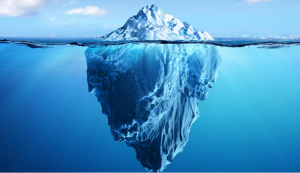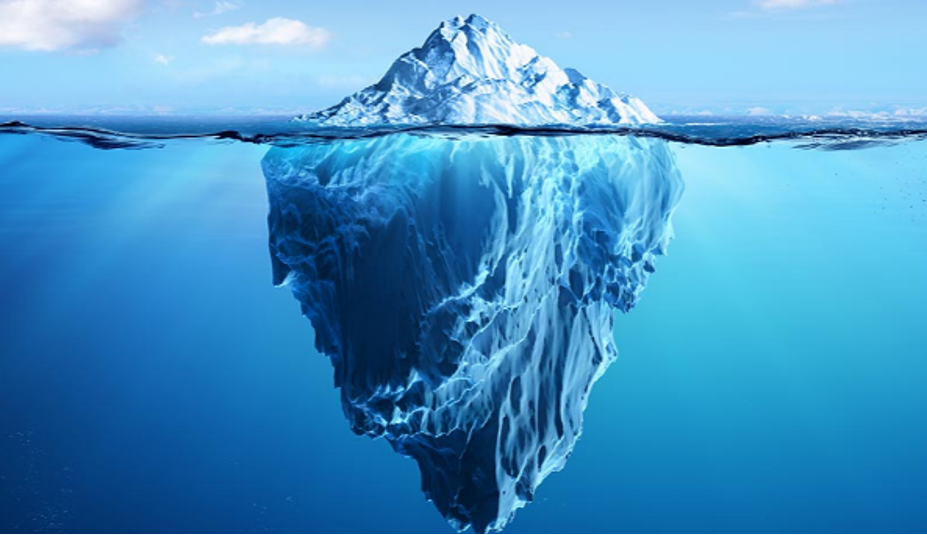Climate Detectives Projects 2020-2021
Project title: Climate changes affect on the Limfjord Area
Team: Team 2 Skals Skole
Skals-Ulbjerg Skole Skals Denmark 3 3Student’s age: 10-11 years old, 12-13 years old
What happens to the costal areas of a fiord?

If the temperature rises, the water level will also rise as the ice on the poles will melt. Icebergs in the water do not affect the water level when they melt, as 9/10 of ice is already below sea level, and ice fills more than water. However, it affects little as the white surface of the iceberg reflected the sunlight and threw the heat away. This means that the dark surface of the sea will appear and attract heat. Thus, the albedo of ice (the ability of light to reflect) is higher than the darker surface of the ocean.
Glaciers, which are ice that are on land with an advance of varying speed towards the sea, in turn change the water level when they melt. They do this because they are on land and are not included in the current density of the sea, and therefore when they melt, they add new water to the sea so that the water level will rise.
When glaciers melt, the ice and snow that used to cover the bare ground also disappear. This means that the earth, which has a low albedo, does not reflect as much light as the snow and ice did, and instead absorbs the heat from the sun, making the earth warmer.
Therefore, the water level will rise everywhere also in the Limfjord.
We have analyzed different ice cubes melting, and also studied the effect on the local coast areas and the ecosystem in the area
We hope to be able to finish the project when we have a more ‘normal’ school situation
Projects are created by the teams and they take the full responsibility of the shared data.
← All projects


